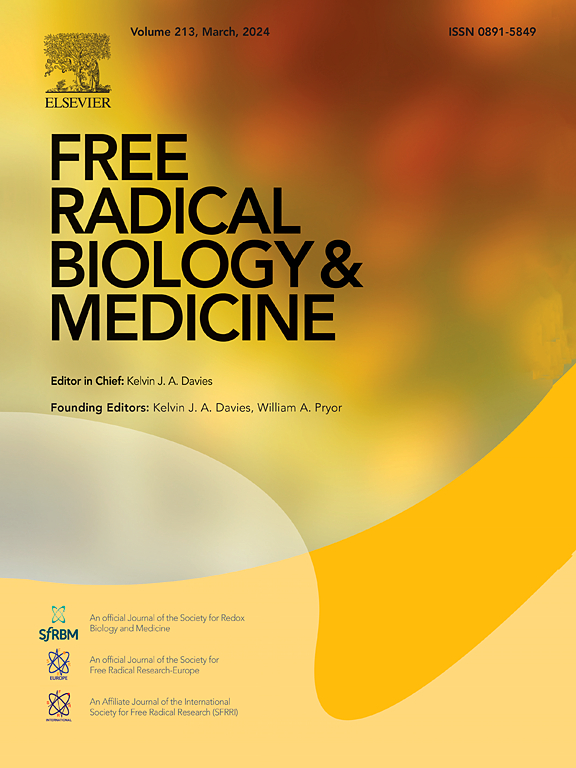Evidence that the aryl hydrocarbon receptor orchestrates oxinflammatory responses and contributes to airborne particulate matter-induced skin aging
IF 7.1
2区 生物学
Q1 BIOCHEMISTRY & MOLECULAR BIOLOGY
引用次数: 0
Abstract
Exposure to airborne particulate matter (PM) is a substantial threat to public health, contributing to respiratory, cardiovascular, and skin-related diseases. Population-based studies strongly indicate that chronic exposure to airborne PM, especially combustion-derived PM2.5, accelerates skin aging and thus reduces the quality of life of those affected. There is increasing evidence that especially PM-bound polycyclic aromatic hydrocarbons (PAHs) critically contribute to the clinical manifestation of skin aging, i.e. the development of lentigines/pigment spots and coarse wrinkles. PAHs harm human skin primarily by activating the aryl hydrocarbon receptor (AHR), a ligand-activated transcription factor amongst others involved in orchestrating xenobiotic metabolism and immune responses. In this review, we summarize the available population-based data linking particulate air pollution exposure to skin aging. We explain in detail how PAH-rich PM induces the formation of oxidative stress, the release of pro-inflammatory mediators, the expression extracellular matrix degrading metalloproteases, and melanin synthesis, in an AHR-dependent manner, and how these events may culminate in the development of pigment spots and wrinkles, respectively. We also review the current data on the interaction of airborne PM with another factor of the skin aging exposome that exerts its deleterious effects in part through AHR-dependent signaling pathways, namely solar ultraviolet radiation.

求助全文
约1分钟内获得全文
求助全文
来源期刊

Free Radical Biology and Medicine
医学-内分泌学与代谢
CiteScore
14.00
自引率
4.10%
发文量
850
审稿时长
22 days
期刊介绍:
Free Radical Biology and Medicine is a leading journal in the field of redox biology, which is the study of the role of reactive oxygen species (ROS) and other oxidizing agents in biological systems. The journal serves as a premier forum for publishing innovative and groundbreaking research that explores the redox biology of health and disease, covering a wide range of topics and disciplines. Free Radical Biology and Medicine also commissions Special Issues that highlight recent advances in both basic and clinical research, with a particular emphasis on the mechanisms underlying altered metabolism and redox signaling. These Special Issues aim to provide a focused platform for the latest research in the field, fostering collaboration and knowledge exchange among researchers and clinicians.
 求助内容:
求助内容: 应助结果提醒方式:
应助结果提醒方式:


